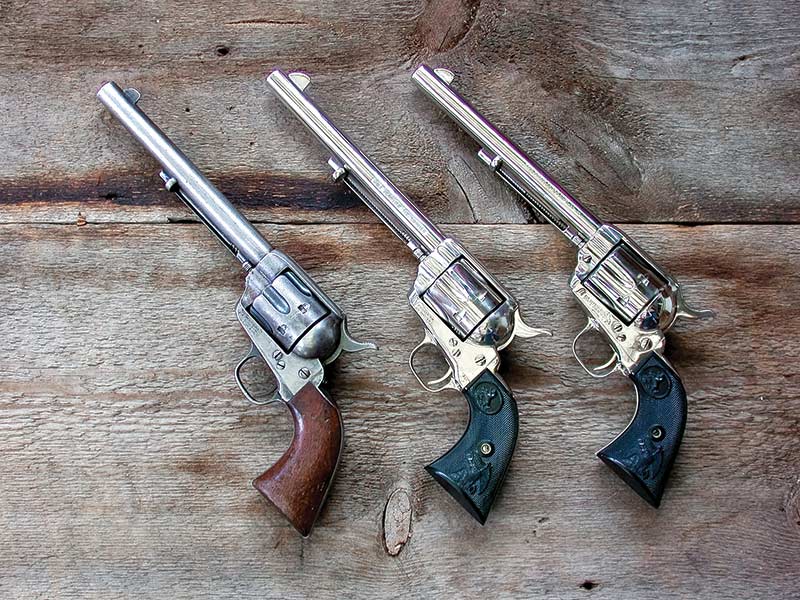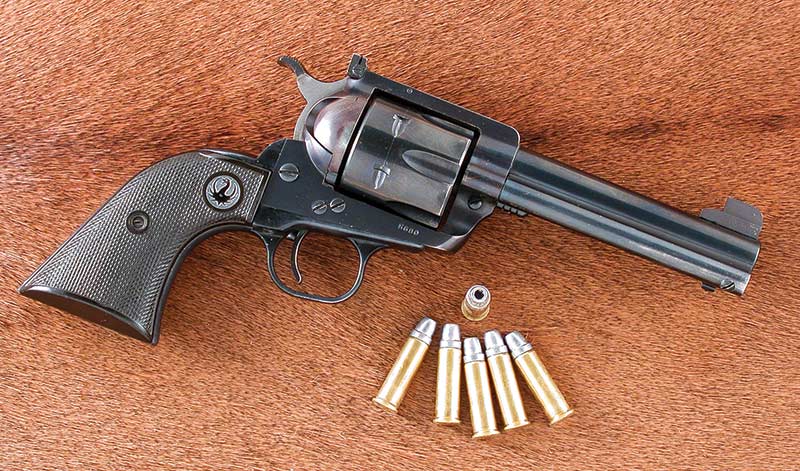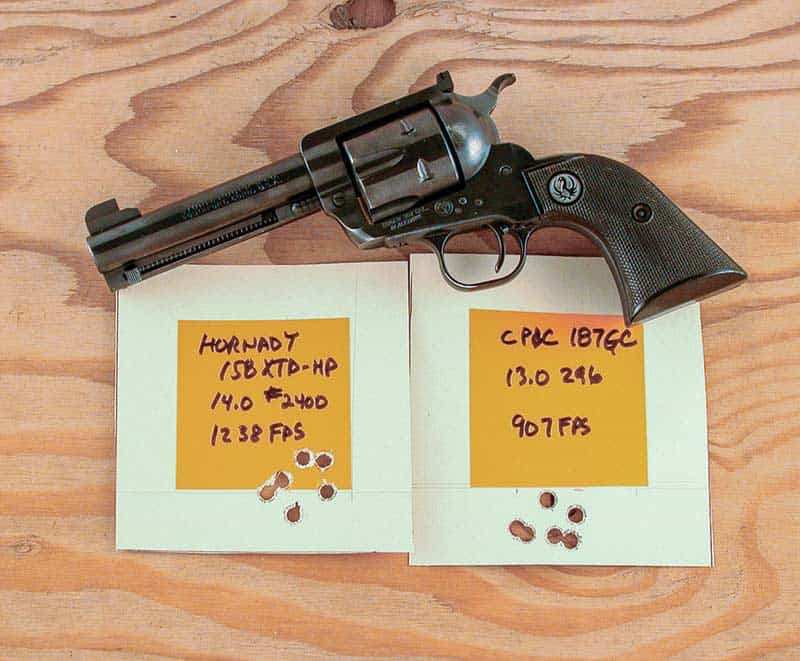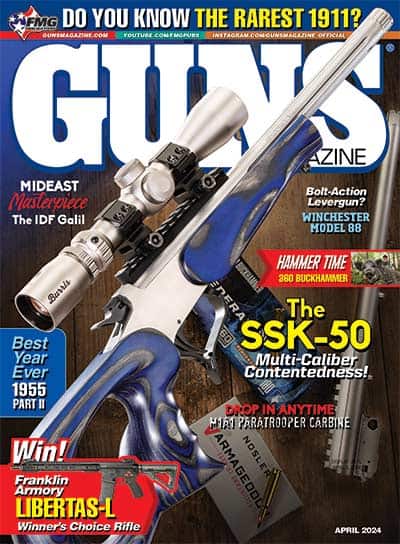1955: A Classic Age Of Sixguns
Part 2 Colt & Ruger
Colt
.357 Magnum Python — Colt was also affected by the great things happening in 1955 and as a result, gave us their greatest double-action sixgun ever. Some sixgunners, and they will get no argument from me, will call it the greatest double-action revolver. Period. It is the .357 Python.
One of the most interesting things about the Python is the fact it made it to its 50th Anniversary when many other revolvers either did not or were replaced by “improved” models. The Python was so good from the beginning it was not necessary to improve it. In fact, it was the last surviving double-action .357 Magnum from the middle of the 20th Century as the Highway Patrolman, S&W .357 Magnum and .357 Combat Magnum disappeared and left the Python alone. Alas, even the original Python could not survive. It has been resurrected although it is no longer the hand-fitted original version. Some will say the new one is even better
Whether with people or sixguns, I still prefer names over numbers and Colt has had some great names for their sixguns. Someone at Colt came up with a brilliant marketing idea in 1950 by choosing the names for their revolvers from the world of snakes. So we had the Cobra, a lightweight Detective Special, introduced in 1950; the beautiful little Detective Special-sized Diamondback .22 and .38 Special in 1966; the Viper, a 4″-barrel Cobra in 1978; the King Cobra, a most excellent .357 Magnum, in 1986; and Colt’s first and only .44 Magnum, the Anaconda of 1990. And, of course, the greatest of all snakes, the Python of 1955.
2nd Generation Colt Single Action Army — The original Colt Single Action Army arrived in 1873. However, by 1940 three things combined to kill the Colt Single Action Army. First, sales had plummeted over the years as the sixgunning public had discovered double-action .38 Specials and the still-relatively-new .357 Magnum and semi-automatic .45 ACP. Old machinery, some dating back to the 1870s was wearing out, and we would soon be in the midst of World War II and its demands for wartime production — there was no longer any room for the Colt Single Action Army in Hartford. The official announcement was it would never be seen again. However, by the early 1950s mainly because of TV Westerns, a demand arose for the Colt Single Action Army.
Single-action sixgunners got their wish in 1955 as the Second Generation of Colt Single Action began with the first chambering being .45 Colt. Late in the year, the first gun left the factory in November. Still the same gun as the 1873 Peacemaker, the “new” Colt was made of stronger steels, and as far as quality, the 2nd Generation guns — at least at the beginning — were as good or better than anything from the first run of 1873 to 1940. I graduated from high school in 1956 and sometime in the winter of 1956/1957 I purchased the first of the new 2nd Generation Colts to arrive in my area; it just “happened” to be a 7 ½” .45.
RUGER
.357 Magnum Flat-Top Blackhawk — To come up with the .357 Blackhawk, Ruger went to a full-size single-action with a cylinder the same size as the Colt. However, instead of trying to replicate the Colt Single Action Army, Ruger enlarged and flattened the top strap and added a fully adjustable Micro rear sight matched up with a front sight of the quick-draw-style on a ramp base. Once again Bill Ruger was tremendously influenced by the earlier writings of Elmer Keith and sixgun improvements put forth by the then-young cowboy.
The same virtually unbreakable lock work found in the .22 Single-Six was also present in the Blackhawk and as with the Single-Six, the grips were also Colt-style checkered black/plastic rubber. If ever a handgun was designed with the outdoorsman in mind, it was the Ruger .357 Blackhawk. These first centerfire sixguns from Ruger were virtually indestructible, fitted with rugged adjustable sights, carried an easy-packing 4 ⅝” barrel and were chambered in the most powerful cartridge available in 1955.
My 4 ⅝” .357 Blackhawk mainly used .38 Special brass. Loads were assembled with 13.5 grains of the then-Hercules #2400. My bullets of choice, both from Lyman molds, were the Elmer Keith-designed 168-grain #358429 and Ray Thompson’s gas-checked 156-grain #358156. The .38 Special brass was easy to obtain at bargain basement prices so although the frame said .357 Magnum, more often than not the Blackhawk was a heavy .38 Special.
While 1955 is at the top of the list of years producing Classic Sixguns, there are several others that are close. Perhaps someday we will look at more of these. Perhaps.







